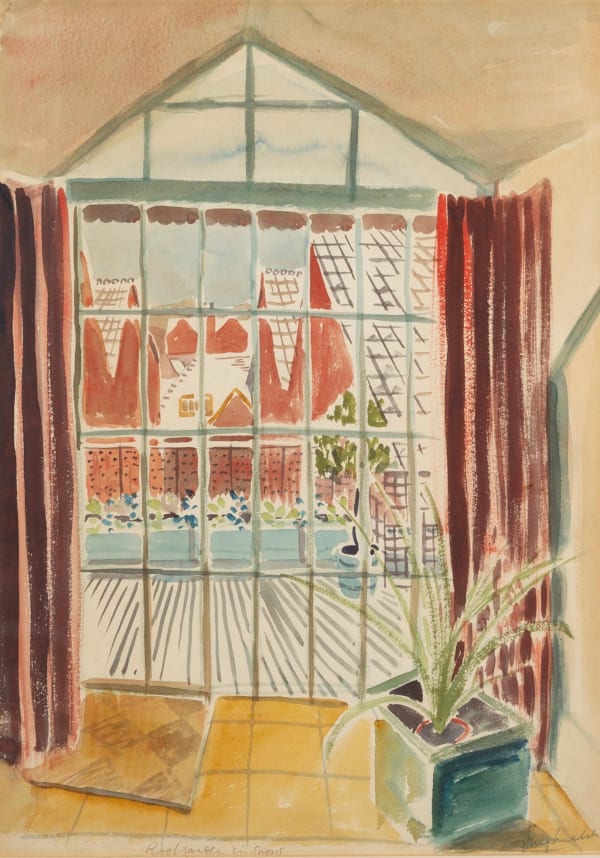Guy Malet 1900-1973
Guy Malet followed the tradition of British artists who were drawn to wood as a means of engraving their designs and was prolific, particularly in the period between the two world wars. Emerging from the Grosvenor School of Modern Art as one of their most skilled printers (along with contemporaries Sybil Andrews and Cyril Power), he maintained a lifelong friendship with his wood engraving tutor Iain MacNab. He also produced many modernistic linocuts during his time at Grosvenor, but it was for his work with engravings and his mastery of composition that he became best known. In a 1941 article for ‘The Artist’, Malet described why he was drawn to the technique: “To me, the attraction of this medium lies in its definite quality, the strong patterns of black, grey and white one is able to achieve, and the variety of surface pattern obtainable by the use of the various engraving tools.”
His talent saw him elected to the Royal Society of British Artists in 1935, followed by membership to the Society of Wood Engravers in 1947. Malet was a frequent visitor to Eric Drake’s colony of artists on the island of Sark, and became well known for his iconic 1930s railways posters.
His final years were spent living in Ditchling, and the subject matter for his beautiful engravings often reflects the stunning local Sussex landscape, a selection of which are on display in the Ditchling Museum’s Print Gallery.

